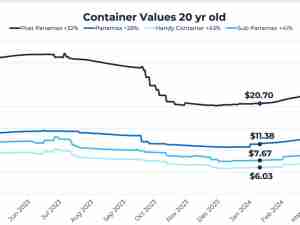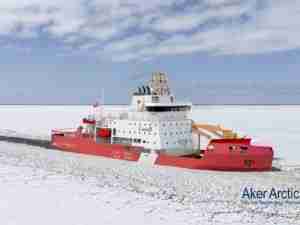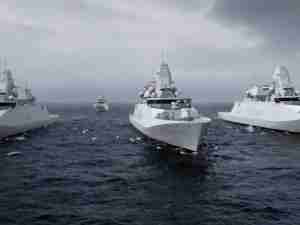2005 as a record 2,088,000 twenty-foot equivalent units moved through the harbor, a 17.6% increase over 2004.
It is the second year in a row in which Seattle's container business has grown, on a percentage basis, faster than any other US port. Port officials project further growth in 2006. Eventually, the Seattle harbor could reach more than 3 million teus.
"The ongoing investments we've made in our marine terminals, waterways and landside transportation connections are paying off," said Port of Seattle Commission President Patricia Davis. "Growth in trade with China and the addition of major import distribution centers in the Puget Sound region are solidifying our position as a major gateway for waterborne commerce."
The Port has invested nearly $1 billion in its maritime facilities and infrastructure over the past 12 years. Importers such as Home Depot, Target, Wal Mart and Pier 1 Imports have opened import distribution centers in the area, bringing more cargo to Seattle.
Port CEO Mic Dinsmore noted that part of the growth comes from aggressive marketing of its facilities by Port officials. And, he added, the efficient cargo-handling facilities and direct connections to two railroad mainlines means shippers can get their goods to inland markets without delay.
"Importers have realized that distributing goods from the Pacific Northwest provides greater flexibility and makes them less vulnerable to disruptions," Dinsmore said. "They can re-route cargo while it's underway to take advantage of local sales trends," he said. "And if a rail route is out of service due to weather conditions, they can still get products to stores or factories in a timely manner."
"Our partners and customers, including ocean carriers, terminal operators and longshore workers, played a key role in reaching this milestone and we know they'll be vital in our future success," Dinsmore said.
Containers weren't the only record setters in 2005. Grain volumes and the cruise business also reached new heights.
The Port's grain terminal at Pier 86 handled the second highest volume on record - 5.05 million metric tons of corn and soybeans grown in the upper Midwest and shipped to Seattle by rail. The only year that saw more grain move through Pier 86 was 1995 with 5.4 million metric tons.
The phenomenal growth of the Port's cruise business also continued in 2005
with a 22% increase in passenger volume to 686,357 two-way passengers and a 14% increase in the number of cruise ship calls to 169.
"All in all the Seaport's performance is strong and headed for another year of growth," Davis said.









